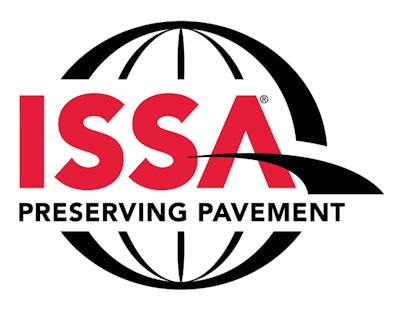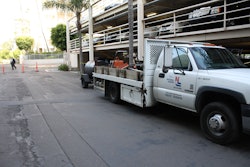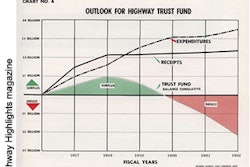
The International Slurry Surfacing Association (ISSA) has evolved over the past 50 years to become the international authority in pavement preservation technology. Seven industry professionals, including contractors, machine manufacturers and one magazine editor, combined their efforts 50 years ago to create an association dedicated to the interests, education and success of slurry surfacing professionals and corporations around the world. In 1963, ISSA was formed and continues holding annual conventions in an attempt to gather other industry professionals for networking and best practice development. With a commitment to education, ISSA has also conducted annual workshops for the last 25 years, growing to an annual attendance of over 250 industry professionals. In addition, ISSA has expanded to hold international conventions featuring region unique workshops every 5 years since 1977. Because of the success of the workshops at the 2006 Beijing international convention, China has continued to hold annual workshops under ISSA’s name. Today, with more than 100 members worldwide comprised of contractors, equipment manufacturers, public officials, research personnel, consulting engineers and other industry professionals, ISSA continues to expand the knowledge and use of these processes to keep good roads in good condition.
“Educational programs and a commitment to provide hands-on experience to contractors, buyer agencies and other industry professionals has been one of ISSA’s greatest accomplishments,” states Pierre Peltier, ISSA President. “The programs promote pavement preservation, which has become the mainstay of today’s maintenance methods. We all agree that pavement preservation should be included in road maintenance programs both for the environmental benefits and the budget stretching aspects.”
When ISSA began, anionic slurry seals were the most common form of preventative maintenance, but as technology became more sophisticated, cationic slurry seals grew in popularity. As cationic emulsion use grew, chemical suppliers became more involved with ISSA.
This shifted ISSA’s focus to the development and design of slurry seal. In 1978, founding members presented the 2nd generation of slurry, called micro surfacing at the annual convention. It had been developed in Germany for use on the Autobahn because it allowed traffic back on the road within the hour. By 1980, micro surfacing was introduced to the U.S. and by the 1990’s ISSA had developed standard application guidelines for micro surfacing to compliment their international guidelines for slurry seal. At this time, pavement preservation became a phrase to describe maintaining a road prior to wear or damage issues. With its focus on pavement preservation, ISSA expanded again in 2008 to include chip sealing and crack treatment in addition to slurry and micro surfacing. These four processes remain the focus of ISSA’s educational programs and promotion today.
To strengthen its efforts, ISSA began holding joint annual conventions with the Asphalt Emulsion Manufacturers Association (AEMA) and the Asphalt Recycling & Reclaiming Association (ARRA) in 2004. By 2011, these three associations had combined their missions to create the Pavement Preservation & Recycling Alliance (PPRA) to bring together best practices for contractors and manufacturers.




















